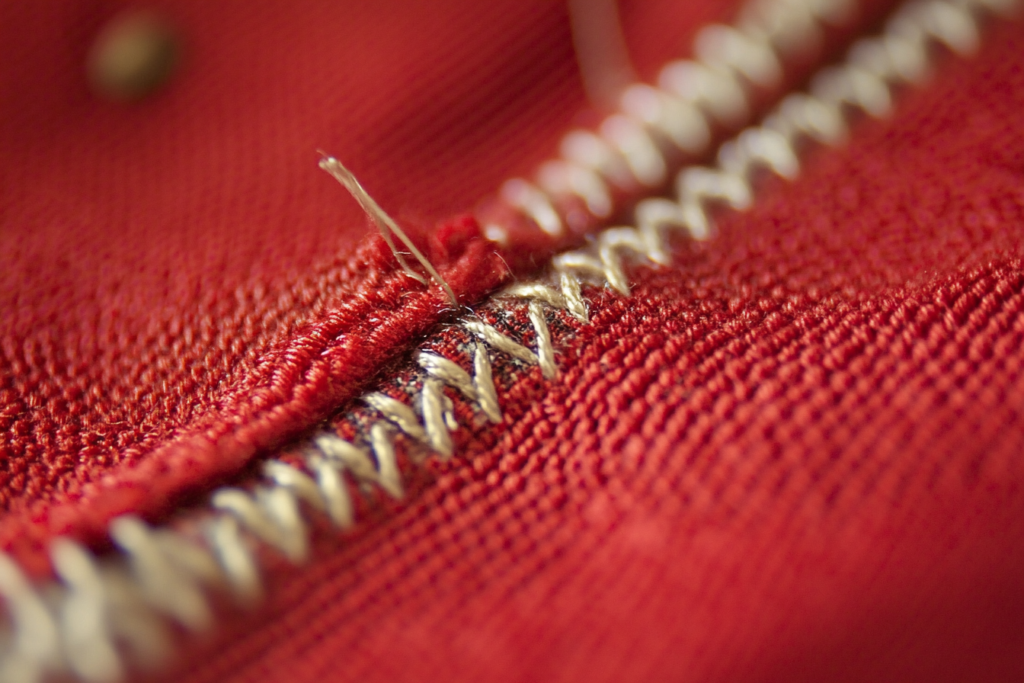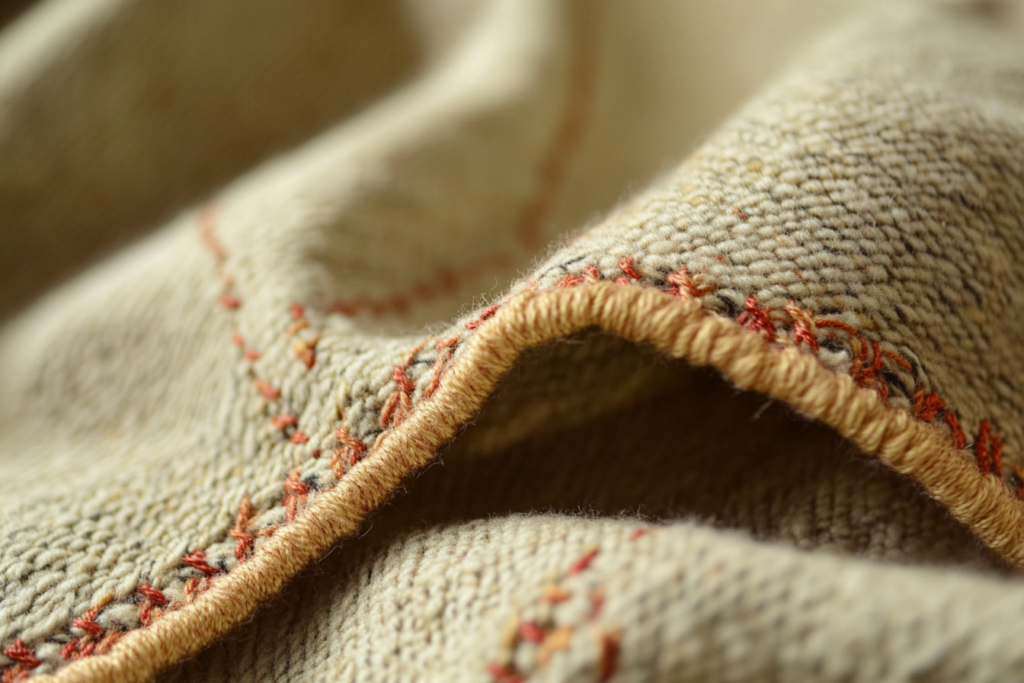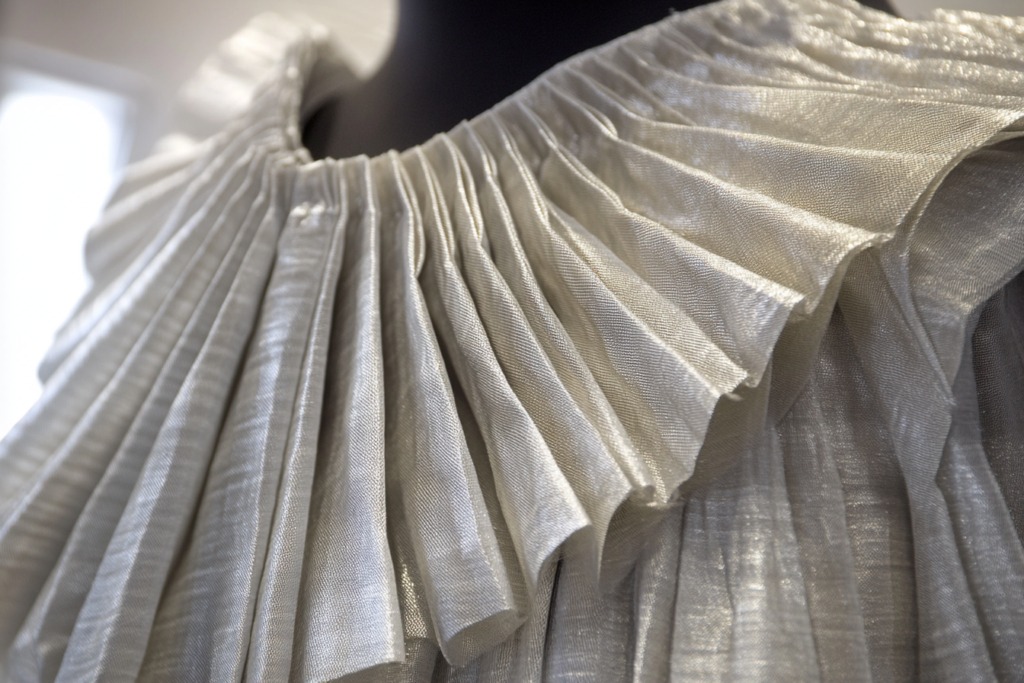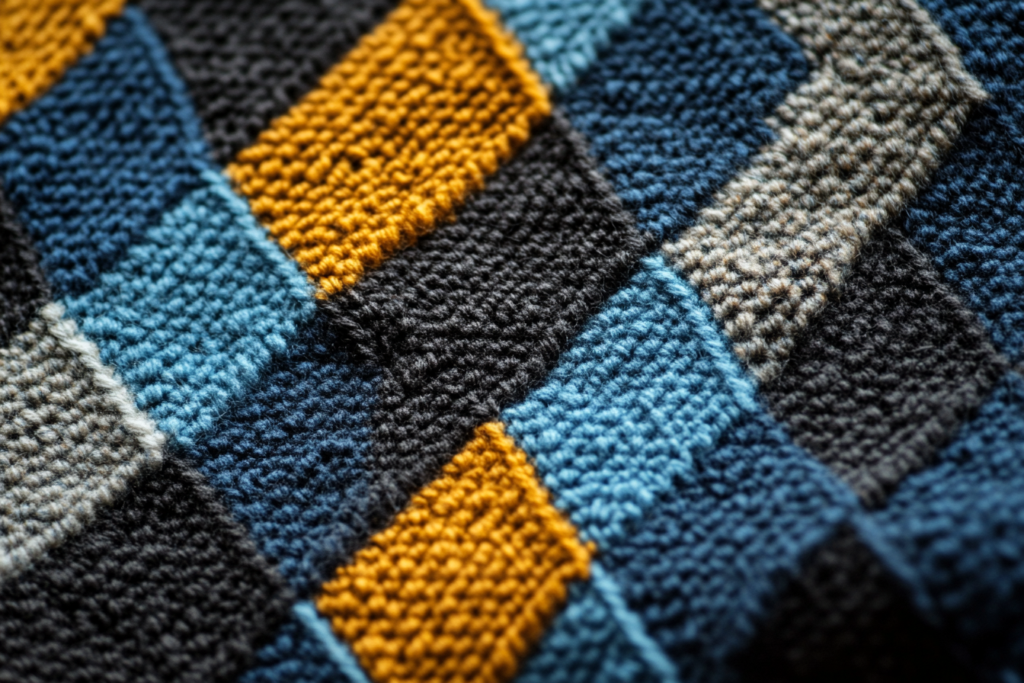Tuck Seam: A Unique Overlapping Stitch for Strength and Design
Meta Description: A tuck seam is an overlapping seam line with a wider stitch pattern, often used in garment construction for added strength and design. Learn how this technique enhances both durability and aesthetic appeal.
What is a Tuck Seam?
A tuck seam is a type of seam line where two or more pieces of fabric are overlapped and stitched with a wider stitch pattern. The overlapping fabric creates a layered effect, and the wider stitching ensures that the seam is secure, durable, and neatly finished. This seam type is often used in both garment construction and decorative applications.
The tuck seam is particularly effective in adding both strength and visual interest to a garment. It is used in a variety of textiles, from simple shirts to heavier outerwear, and it can be incorporated into both functional seams and aesthetic designs.


Key Features of a Tuck Seam
✔ Overlapping Fabric: The fabric pieces are overlapped to create a layered effect, which helps with strength and structure.
✔ Wider Stitch Pattern: The stitches used are typically wider than normal seam stitches, allowing for greater reinforcement and a more prominent finish.
✔ Durability: The overlapping layers and wide stitches provide a strong, durable seam, ideal for areas subject to stress or frequent movement.
✔ Aesthetic Appeal: The wide stitches and layered effect can add texture and visual interest to a garment.
✔ Versatility: Can be used in various fabric types, from lightweight materials to heavier fabrics.
Why Use a Tuck Seam?
1. Enhanced Durability
- The wider stitch used in a tuck seam provides extra strength to areas that may experience high wear or stress. This makes it ideal for garments such as jackets, pants, and workwear where durability is essential.
2. Added Visual Interest
- The overlapping fabric and wider stitch pattern can create a unique texture on the garment, giving it a distinctive look. It can also be used to emphasize specific areas of the garment, such as the shoulders or waistlines.
3. Comfort and Fit
- Tuck seams can add a bit of extra room and flexibility to certain areas of a garment, making them perfect for pieces that require some give or stretch, like activewear or casual clothing.
4. Versatility
- Tuck seams can be used in a wide variety of garments, from formal suits to casual wear, and in a range of fabric types. This makes it a versatile seam for designers who want to add a bit of flair without sacrificing functionality.
How to Create a Tuck Seam
Creating a tuck seam involves a few basic steps to ensure the fabric is properly overlapped and stitched securely.
Step 1: Prepare the Fabric
- Lay the two pieces of fabric you wish to join on top of each other, ensuring the edges are aligned.
- Pin or baste the fabric to hold it in place.
Step 2: Overlap the Fabric
- Fold or overlap the edges of the fabric slightly. The amount of overlap will depend on the desired finish and the type of fabric being used.
Step 3: Stitch with a Wide Pattern
- Use a sewing machine to stitch the fabric together with a wider stitch than usual. This will provide the necessary reinforcement and create the prominent seam line characteristic of a tuck seam.
Step 4: Press the Seam
- Press the seam carefully to ensure the layers are securely held in place. This helps the seam to lay flat and gives it a clean finish.
Step 5: Finish the Raw Edges (Optional)
- To prevent fraying, you can finish the raw edges with an overlocker or zigzag stitch for a clean, professional look.
Applications of Tuck Seams
Tuck seams are ideal for both functional and decorative purposes in a variety of garments:
📌 Workwear
- Tuck seams are often used in workwear garments like overalls and jackets where extra strength and durability are required.
📌 Outerwear
- In outerwear, tuck seams can add reinforcement in areas that experience significant stress, such as elbows, knees, or the shoulder area.
📌 Fashion Garments
- Tuck seams are also used for aesthetic purposes in dresses, skirts, and blouses to create textured, layered effects.
📌 Home Textiles
- In upholstery or home decor, tuck seams are used for durable seams and decorative effects in items like pillows, tablecloths, and curtains.
Tuck Seam vs. Other Seam Types
| Seam Type | Tuck Seam | Flat-Felled Seam |
|---|---|---|
| Appearance | Overlapping fabric with wide stitches | Enclosed edges with strong stitches |
| Strength | Provides reinforcement in high-stress areas | Ideal for durable, strong seams |
| Texture | Adds textured, layered effect | Smooth and polished |
| Common Use | Workwear, outerwear, decorative garments | Used in heavy-duty fabrics like denim |
| Ease of Sewing | Easy to execute with a wide stitch | Requires more time and precise finishing |
Illustration of a Tuck Seam
Below is an illustration showing the tuck seam, where two fabric pieces are overlapped and stitched with a wide stitch pattern, creating a textured, layered effect.

Conclusion: The Practical and Aesthetic Appeal of the Tuck Seam
The tuck seam is a fantastic technique for creating both functional strength and aesthetic appeal in garments. Whether you’re designing workwear, outerwear, or decorative pieces, the tuck seam offers a reliable and visually interesting way to join fabric layers. Its durability and unique texture make it a staple for high-performance and stylish garments.
By incorporating tuck seams into your garment construction, you can ensure strong seams with a creative edge, perfect for adding both strength and visual interest to any design.



